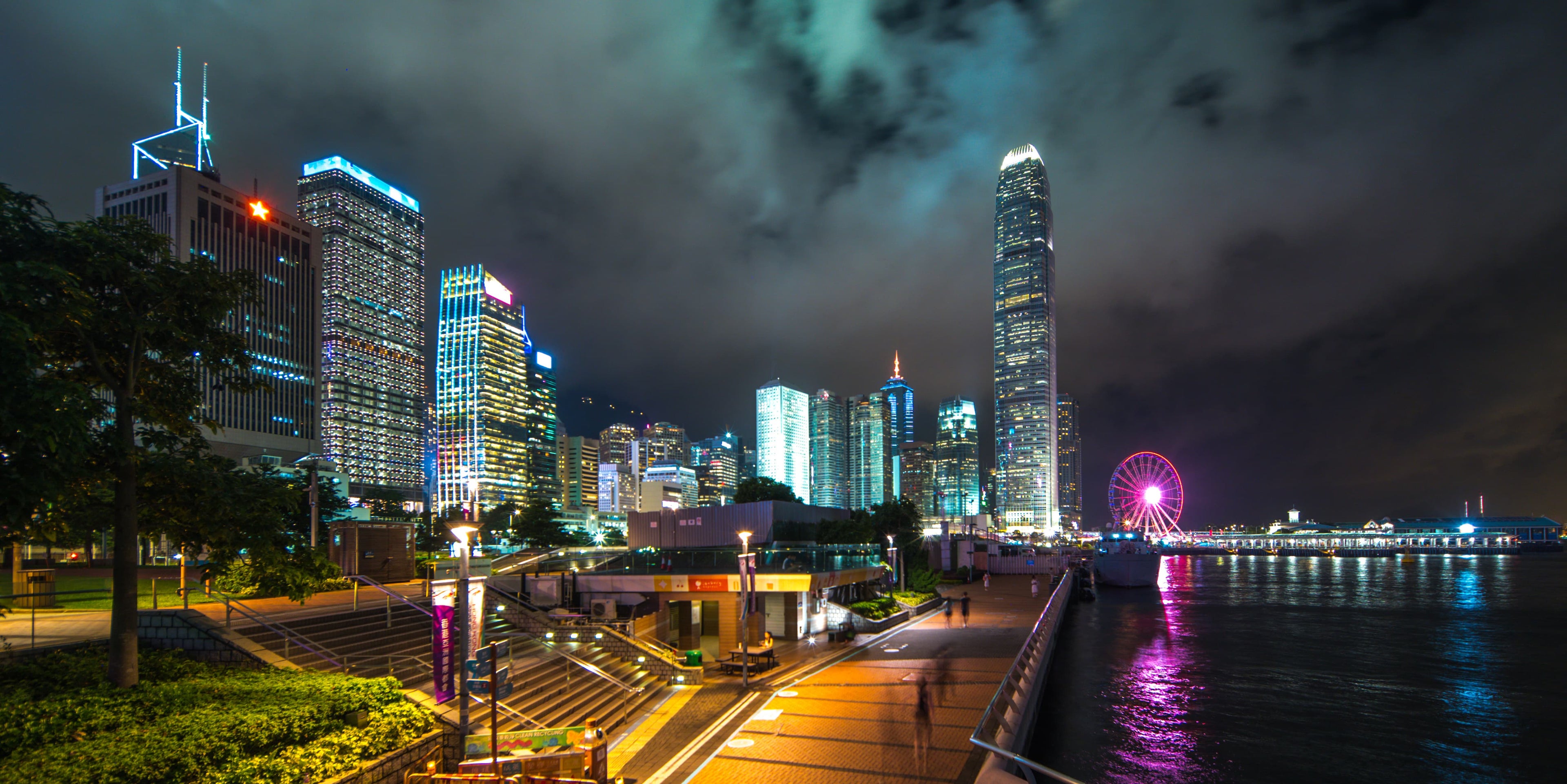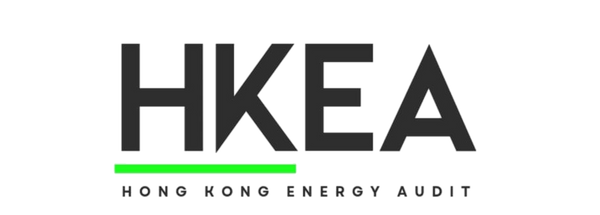
Building Energy Efficiency Ordinance
Purpose of Building Energy Efficiency Ordinance
The "Building Energy Efficiency Ordinance" was fully implemented in Hong Kong on September 21, 2012. Hong Kong's greenhouse gas emissions reached 42.7 million metric tons of CO2e in the year before the implementation of the Ordinance. As of 2022 after the implementation of the Ordinance , the greenhouse gas emissions are approximately was 33.5 million metric tons of CO2e, a drop of more than 20%. Chapter 610 of the Building Energy Efficiency Ordinance requires certain types of buildings to comply with energy efficiency standards for building services installations and conduct energy audits. 90% of Hong Kong’s greenhouse gas emissions Originating from the electricity consumption in buildings, since the implementation of the Ordinance, more than 2,000 new buildings and more than 13,000 major renovation projects of existing buildings have met energy efficiency standards. In addition, more than 2,600 commercial buildings have completed their first energy audit. The main purpose of the Ordinance is of course to identify energy management opportunities and optimize the electrical energy efficiency of buildings through building energy audits.
Building Energy Efficiency Ordinance Objectives
In order to achieve carbon neutrality by 2050 , the Hong Kong Special Administrative Region government has set energy-saving targets in the "Hong Kong Climate Action Blueprint 2050" to improve the energy efficiency of buildings through energy audits and reduce the overall electricity consumption of Hong Kong buildings. Target By 2050 or before, the electricity consumption of commercial buildings will be reduced by 30% to 40% compared with 2015, while the electricity consumption of residential buildings will be reduced by 20% to 30%. The first phase aims to achieve half of the above goals by 2035 or before.
The Chief Executive proposed in the 2023 Policy Address that the government will consult the industry on proposals for amending the Building Energy Efficiency Ordinance in 2023, including expanding the scope of supervision to more types of buildings , mandating the disclosure of energy audit report information , and shortening energy audits . Cycle etc. The goal is to launch legislative work in 2024.
Building Energy Efficiency Ordinance Review Targets
For 13 designated building types (including new buildings or major renovation works in existing buildings), their building services installations must comply with the minimum energy efficiency design standards of the Building Energy Efficiency Code:
- commercial building
- Parts of a composite building not used for residential or industrial purposes
- Hotel or guesthouse
- Common areas of residential buildings
- Common areas of that part of a composite building used for residential or industrial purposes
- Common areas of industrial buildings
- Buildings occupied mainly for educational purposes
- Buildings occupied mainly for community purposes (including community halls and social service centers), and composite-use buildings occupied for 2 or more of the above places
- Buildings occupied mainly for municipal purposes (including markets, cooked food centres, libraries, civic centers or cultural centers and indoor sports venues), and composite-use buildings occupied for 2 or more of the above places
- Buildings occupied mainly for medical and health care services (including hospitals, clinics and rehabilitation centres)
- A building owned by a government used primarily to house persons during the performance of any government function
- Airport passenger terminal
- Railway station.
- Buildings or parts thereof occupied primarily for data center purposes (will be increased to category 14 if revised)
Energy audit projects and audit cycles
The Building Energy Efficiency Ordinance stipulates that certain specified types of buildings must comply with relevant codes on energy efficiency and energy audits of building services installations, and provide for relevant matters. Audit items include air-conditioning installations , electrical installations , lifts and escalator installations and lighting installations . The revision has the opportunity to shorten the energy audit cycle. Since the average energy audit cycle in other major countries and cities is 5 years, there are also opinions in the society that the current 10-year energy audit cycle is too long and the benefits of energy audit cannot be fully utilized. In order to allow owners or property management companies to learn more promptly and consider adopting the latest energy-saving technologies and management measures, if the "Regulations" are revised, the energy audit cycle will be shortened from once every 10 years to once every 5 years.
Hong Kong Energy Audit (HKEA)
Hong Kong Energy Audit (HKEA) Hong Kong Energy Audit provides professional energy audit services. A team composed of professional engineers and registered energy assessors will identify energy management opportunities for buildings and provide energy saving and carbon reduction solutions. Project suggestions and one-stop provision of energy-saving project construction, giving you the most comprehensive energy optimization support. Feel free to contact our customer service staff and consultants at any time to inquire about energy audit service quotations or energy efficiency optimization project suggestions.

HKEA Audit Team Qualifications:
1. More than 13 years of experience in the field of sustainable development, focusing on energy performance optimization.
2. Possess the qualification of Registered Energy Assessor (REA) and have rich background in building services engineering.
3. Expertise in implementing and optimizing energy efficiency measures in building systems.
4. Chartered Engineer with extensive technical and practical knowledge.
5. Member of the Hong Kong Green Building Council (HKGBC) committee, contributing to industry standards and practices.
6. Guest lecturer at the Chinese University of Hong Kong (CUHK) and the University of Hong Kong (HKU) to cultivate future industry leaders.
7. Actively participate in public speaking and present at industry seminars.
8. Published many papers and articles on sustainable development.
9. Proven track record of leading successful sustainability projects and achieving significant energy savings.
10. Passionate about driving innovation and continuous improvement in the field of sustainable development.
Blog
View all-

【建築物能源效益修訂條例草案 5大重點】
《建築物能源效益修訂條例草案》於2025年3月26日立法會會議動議二讀,著墨能源審核5大改革重點, 香港作為高密度都市,建築物耗能佔全港電力用量90%,相關碳排放更超過總量50%。自2012年《建築物能源效益條例》(第610章)實施以來,雖已推動2,300幢新建建築、15,000項主要裝修工程符合能效標準,並完成2,700幢建築的能源審核,但面對全球淨零趨勢與本地電力需求增長,既有框架亟待升級。環境及生態局局長謝展寰提出《2025年建築物能源效益(修訂)條例草案》,聚焦能源審核制度革新5大重點及方向
【建築物能源效益修訂條例草案 5大重點】
《建築物能源效益修訂條例草案》於2025年3月26日立法會會議動議二讀,著墨能源審核5大改革重點, 香港作為高密度都市,建築物耗能佔全港電力用量90%,相關碳排放更超過總量50%。自2012年《建築物能源效益條例》(第610章)實施以來,雖已推動2,300幢新建建築、15,000項主要裝修工程符合能效標準,並完成2,700幢建築的能源審核,但面對全球淨零趨勢與本地電力需求增長,既有框架亟待升級。環境及生態局局長謝展寰提出《2025年建築物能源效益(修訂)條例草案》,聚焦能源審核制度革新5大重點及方向
-

【申請成為REA有甚麼要求?能源審核必備的專業身份】
香港能源審核必須由註冊能源效益評核人REA負責,要成為REA有甚麼要求?據香港機電工程署的紀錄,截至2025件3月份,全港持有 REA(Registered Energy Assessors)身份的人士只有不足1,450個,要维持註冊能源效益評核人的身份,並非考完試就終生有效,由於節能減排是國家級任務,所以對考取到註冊能源效益評核人身份的人士都有高規格要求,並需持續報名有關專業課程進修。在2025年政府有機會通過能源審核修訂,將會有大量建築物納入強制能源審核的範圍,如果你對成為REA有興趣,本文內容萬勿錯過。
【申請成為REA有甚麼要求?能源審核必備的專業身份】
香港能源審核必須由註冊能源效益評核人REA負責,要成為REA有甚麼要求?據香港機電工程署的紀錄,截至2025件3月份,全港持有 REA(Registered Energy Assessors)身份的人士只有不足1,450個,要维持註冊能源效益評核人的身份,並非考完試就終生有效,由於節能減排是國家級任務,所以對考取到註冊能源效益評核人身份的人士都有高規格要求,並需持續報名有關專業課程進修。在2025年政府有機會通過能源審核修訂,將會有大量建築物納入強制能源審核的範圍,如果你對成為REA有興趣,本文內容萬勿錯過。
-

【節能工程如何申請資助?】
各國政府、企業和個人紛紛將可持續發展視為近年的核心議題,環保節能當然是首要任務,申請節能工程的資助亦成為引申需求。國家制定了「雙碳」目標,計劃2030年前實現碳達峰,2060年前實現碳中和。作為亞太區的重要城市,香港亦承諾於2050年前實現碳中和,積極響應全球減碳行動。 節能工程如何申請資助? 申請節能資助涉及多個步驟,從確定合適的節能措施到提交技術文件與財務預算,對業主而言可能較為複雜。
【節能工程如何申請資助?】
各國政府、企業和個人紛紛將可持續發展視為近年的核心議題,環保節能當然是首要任務,申請節能工程的資助亦成為引申需求。國家制定了「雙碳」目標,計劃2030年前實現碳達峰,2060年前實現碳中和。作為亞太區的重要城市,香港亦承諾於2050年前實現碳中和,積極響應全球減碳行動。 節能工程如何申請資助? 申請節能資助涉及多個步驟,從確定合適的節能措施到提交技術文件與財務預算,對業主而言可能較為複雜。



